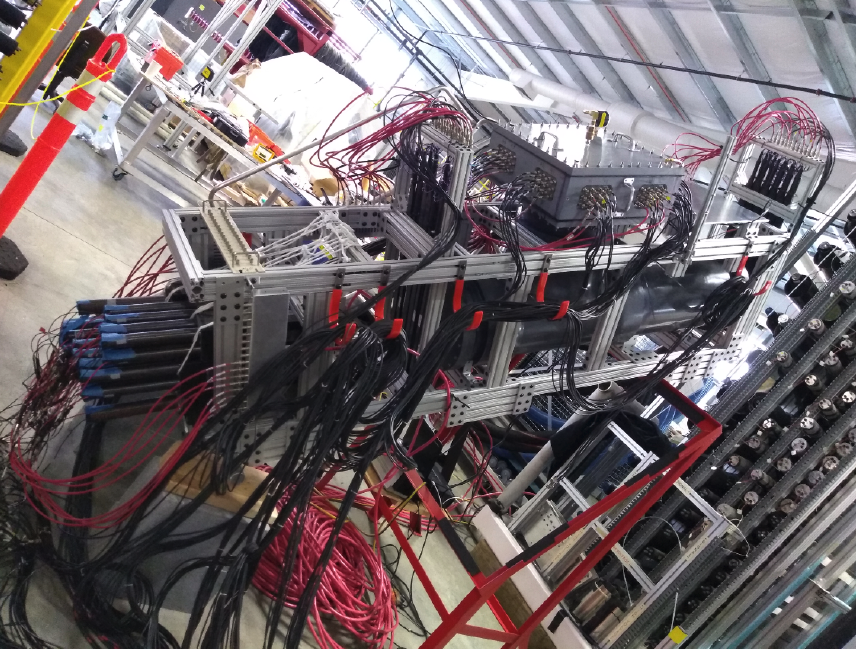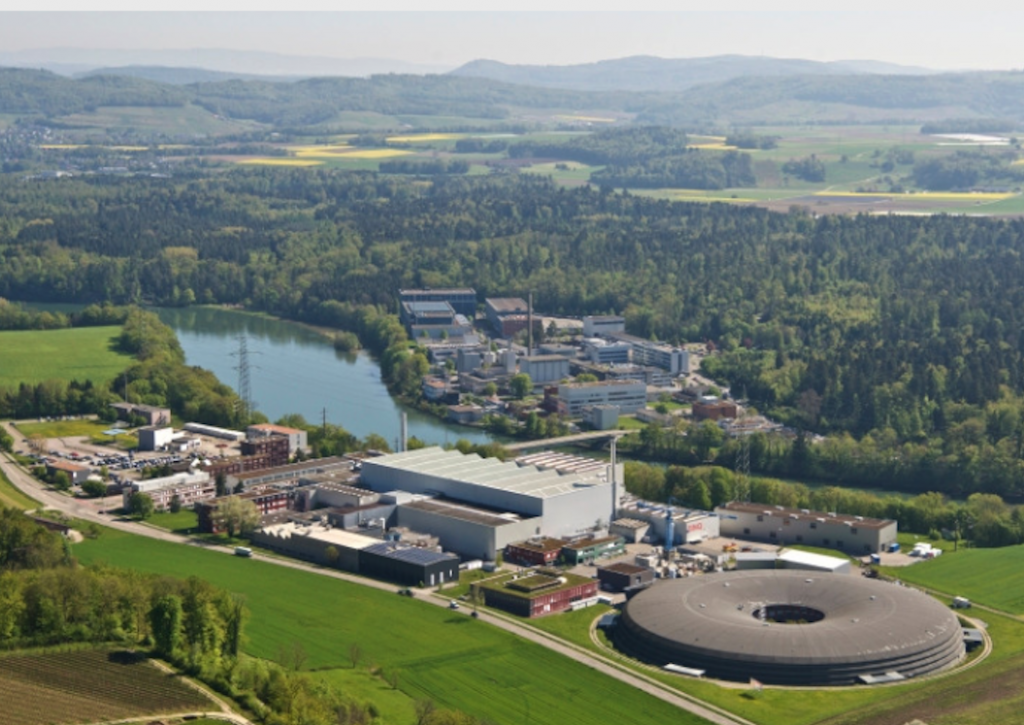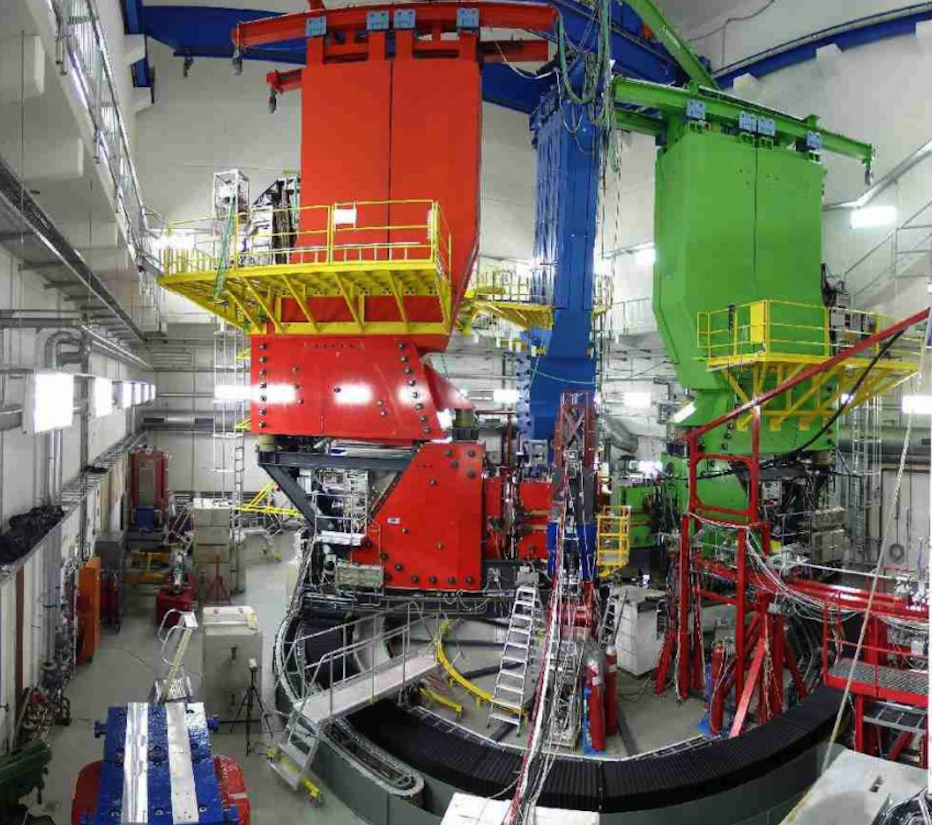Our research involves medium and high energy experiments in various facilities around the world, including the Thomas Jefferson National Accelerator Facility (Jefferson Lab), the Mainz Microtron (MAMI) in Germany, and the Paul Scherrer Institute (PSI) in Switzerland. The goal is to provide answers to some of the most basic questions of fundamental science about the origin and the structure of the visible matter in the Universe. But before conducting our experiments at these facilities, a lot of work has to be done at our Temple labs. Here, we build new detectors that will be utilized for these experiments, we test them, characterize their performance, before moving them to the accelerator facilities where the experiments are conducted. Most of our on-campus activities in the next few years will involve prototyping and detector construction for the SoLID project at Jefferson Lab.


Figure: The Telescopic Cherenkov Device is a prototype Cherenkov detector, built at Temple, for the SoLID project at Jefferson Lab. The detector is shown at the Temple R&D lab (left) and installed at Jefferson Lab (right) where it was operated and tested with beam.

Figure: The Thomas Jefferson National Accelerator Facility (Jefferson Lab).
Thomas Jefferson National Accelerator Facility (JLab) is a U.S. Department of Energy Office of Science national laboratory. Jefferson Lab’s unique and exciting mission is to expand our knowledge of the universe by studying the basic building blocks of matter within the nucleus, using its recently upgraded 12 GeV electron beam.

Figure: The experimental Hall C at Jefferson Lab. Using the high resolution magnetic spectrometers shown here, we recently performed the most precise measurement of the electric and the magnetic Generalized polarizabilities of the proton.
A significant component of our group’s research takes place in Europe, in Switzerland (PSI) and in Germany (MAMI).
The Paul Scherrer Institute (PSI) in Switzerland is the facility where the MUSE experiment will be conducted. MUSE is a unique experiment that will be the first to extract the proton charge radius from a simultaneous measurement of μp and ep scattering, thus offering critical answers to the proton radius puzzle.

Figure: The Paul Scherrer Institute

The Mainzer Microtron MAMI, at Mainz, Germany, is an electron accelerator for energies of up to 1,6 GeV. Here we perform much of our experimental studies on the long range structure of the nucleon.
Figure: The MAMI A1 experimental hall.